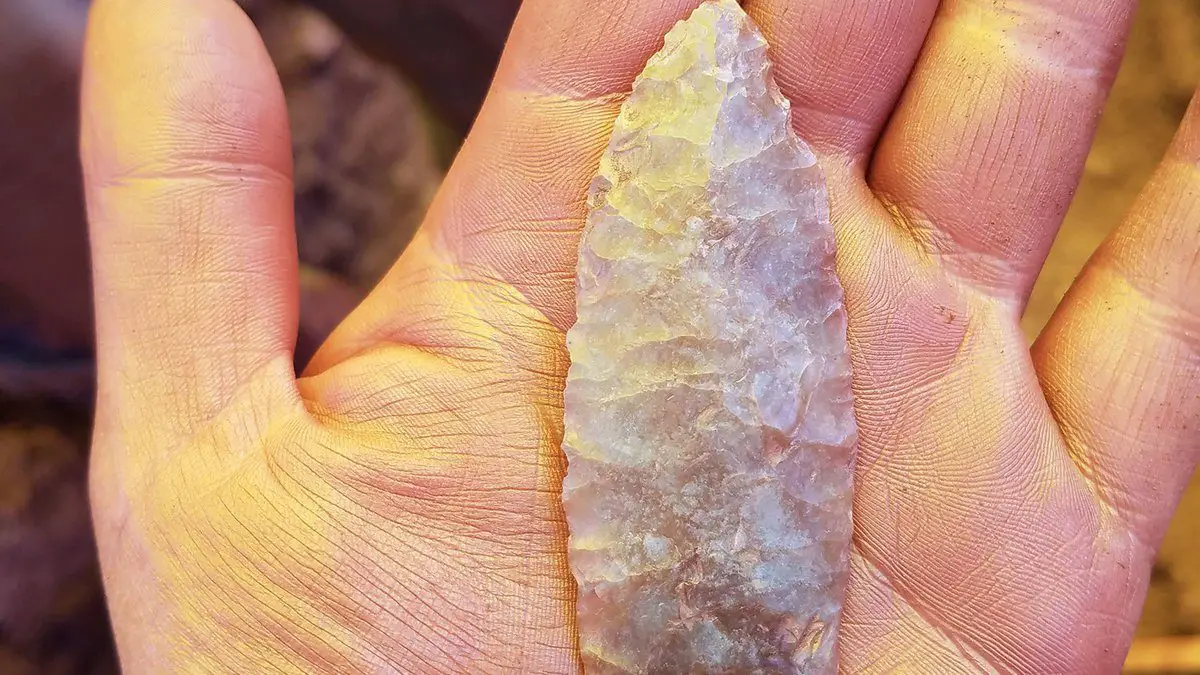Excavations led by Wyoming’s state archaeologist and the University of Wyoming have confirmed that an ancient mine in eastern Wyoming was used by humans to produce red ocher starting nearly 13,000 years ago.
Wyoming State Archaeologist Spencer Pelton said: “We have unequivocal evidence for use of this site by early Paleoindians as long as 12,840 years ago and continuing by early Americans for about 1,000 years.”
This makes the Powars II site at Sunrise in Platte County the oldest documented red ocher mine, and possibly the oldest mine in all of North and South America.
Red ocher, also known as hematite, was used by Paleoindian societies as a pigment in rituals. It has been found at ancient graves, caches, campsites and kill sites in the Great Plains, the Rocky Mountains and beyond.
The Powars II site is the only red ocher quarry identified in the North American archaeological record north of southern Mexico, and one of only five such quarries identified in all of the Americas.
Among the artefacts previously discovered at the Powars II site are Clovis points, believed to be from the first inhabitants of North America, along with other projectile points, tools and shell beads.
The 2017-2020 excavation led by Pelton yielded several thousand more Paleoindian artefacts, along with many well-preserved animal bones and antlers. The animal bones and antlers were used to extract the red ocher in the quarry.
The projectile points come from numerous locations in the region, including from as far away as the Edwards Plateau in Texas. That makes it likely that red ocher found at archaeological sites throughout the American midcontinent came from the Powars II quarry.
“Beyond its status as a quarry, the Powars II artefact assemblage is itself one of the densest and most diverse of any thus far discovered in the early Paleoindian record of the Americas,” Pelton says. “The site contains over 30 chipped stone tools per square meter, some of the oldest canid remains from an American archaeological site and rare or unique artifacts, among other distinctions.”
The researchers say the evidence discovered so far indicates the quarry was used in two primary periods. During the first, dating to as long as 12,840 years ago and lasting several hundred years, people not only quarried red ocher using bones and antlers as tools, but also produced and repaired weapons. After a hiatus of a century or more, the site was occupied by humans who mined red ocher and deposited artifacts in piles in a quarry pit.
https://doi.org/10.1073/pnas.2201005119
Header Image Credit : Spencer Pelton





